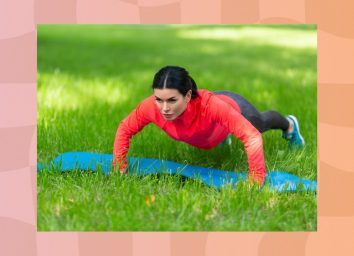If You Can Do These 6 Exercises, Your Body Is Still Young
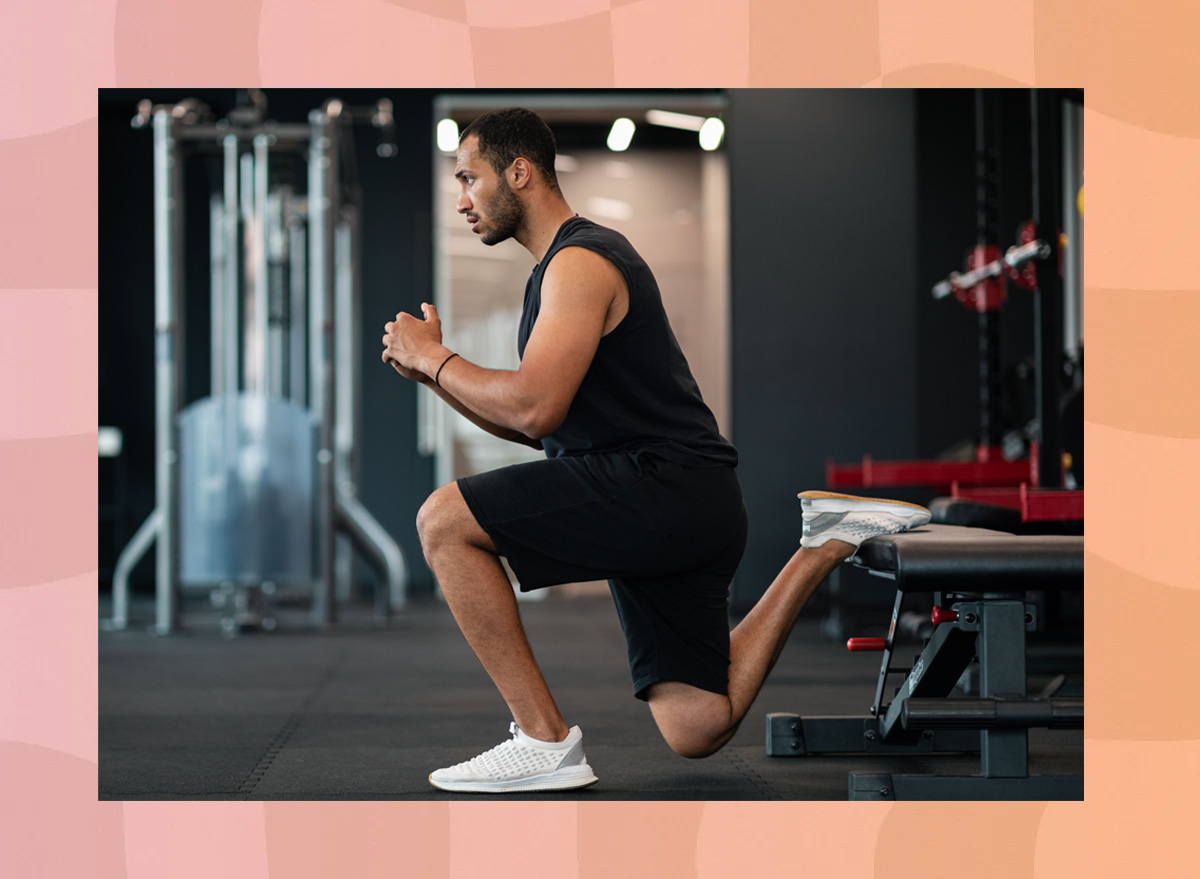
Staying strong, agile, and mobile is more than how much weight you can lift. The objective measurement is how well your body moves through everyday life. Youthful bodies aren't just defined by appearance; they're measured by how effortlessly you can sprint up stairs, get off the floor, and react quickly without pain or stiffness. Whether you're in your 30s, 40s, or beyond, your ability to perform key functional movements directly reflects your longevity and vitality.
In this article, I'll walk you through six essential exercises that gauge your mobility, strength, balance, and endurance. As a strength coach with years of experience training athletes and everyday fitness enthusiasts, I know firsthand that these movements will keep your body resilient. If you can perform these exercises solidly, your body still functions like a well-oiled machine. And if not? Well, now's the perfect time to get to work.
Exercise: Alternating Lunge Jump
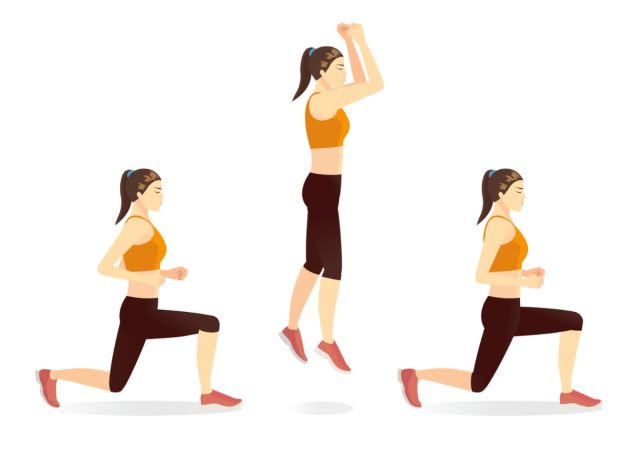
Explosive power isn't just for athletes; it's a staple of a youthful body. The ability to generate force quickly is one of the first things people lose with age. The alternating lunge jump strengthens your quads, hamstrings, and glutes while improving balance and coordination. It also enhances fast-twitch muscle fibers, essential for quick reactions and agility. If you maintain good form on this movement, your legs are still primed for speed and performance.
How to Do It
- Stand with your feet hip-width apart and engage your core.
- Step your right foot back into a deep lunge, lowering your back knee just above the ground.
Drive through your front leg and explode upward, switching legs mid-air. - Land softly in a lunge position with your left leg forward.
- Repeat, alternating sides with each rep.
Recommended Sets and Reps
- Perform 3 sets of 3 to 5 reps per leg.
Best Variations
- Step-Back Lunges (low-impact alternative).
- Weighted Lunge Jumps (for added resistance).
- Box Lunge Jumps (for extra explosiveness).
Exercise: Inverted Rows
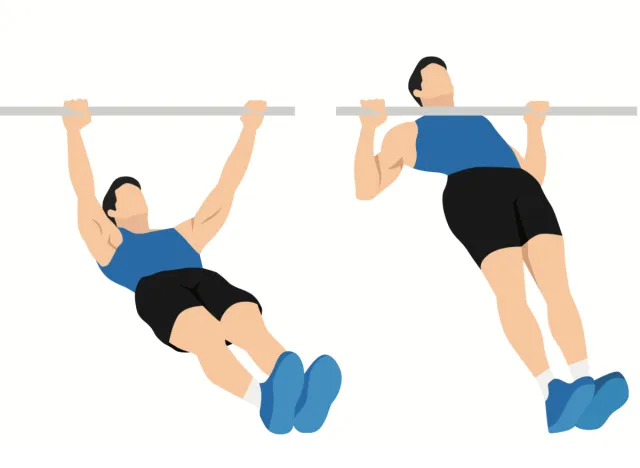
Pulling strength is essential for posture and shoulder health, and inverted rows are one of the most functional upper-body exercises you can do. As a strength coach, I've seen how poor posture and weak pulling muscles lead to back pain and shoulder issues over time. If you can knock out a set of clean inverted rows, your back, biceps, and core are still strong and engaged.
How to Do It
- Set up a barbell in a squat rack at waist height or use TRX straps.
Lie underneath the bar and grip it with an overhand grip, hands shoulder-width apart. - Keep your body in a straight line from head to heels.
- Pull your chest to the bar, squeezing your shoulder blades together.
- Lower yourself back down with control.
Recommended Sets and Reps
- Aim for 3 sets of 8 to 12 reps.
Best Variations
- Feet-Elevated Inverted Rows (for extra difficulty).
- Ring Rows (for increased instability).
Exercise: Push Press
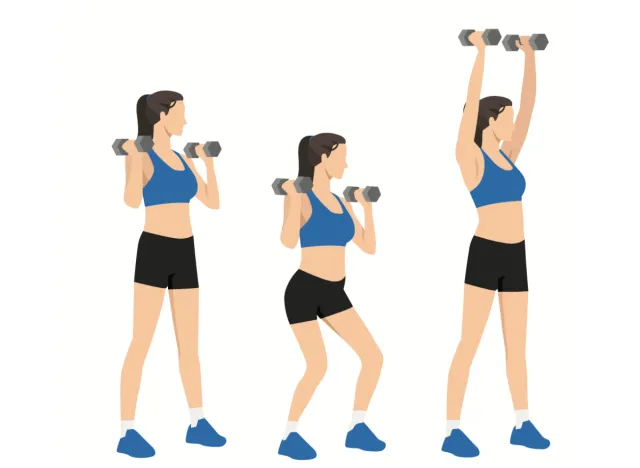
Overhead pressing is a full-body movement that requires core stability, leg drive, and proper shoulder mobility. If you can perform a push press without compensation (arching your back or shrugging), your upper body is still powerful and mobile. It's a movement I often use with athletes to build explosive upper-body strength, which translates to real-world power and resilience.
How to Do It
- Hold a barbell or dumbbells at shoulder height, with your elbows slightly in front of your body.
- Engage your core and dip your knees slightly.
- Explosively drive with your legs while pressing the weight overhead.
- Lock out your arms, keeping your core tight.
- Control the descent back to the starting position.
Recommended Sets and Reps
- Perform 3 sets of 5 to 8 reps.
Best Variations
- Staggered Stance Push Press.
- Landmine Push Press (for shoulder-friendly pressing).
- Single-arm Dumbbell Press (for more isolation and unilateral strength).
Exercise: Split Squats
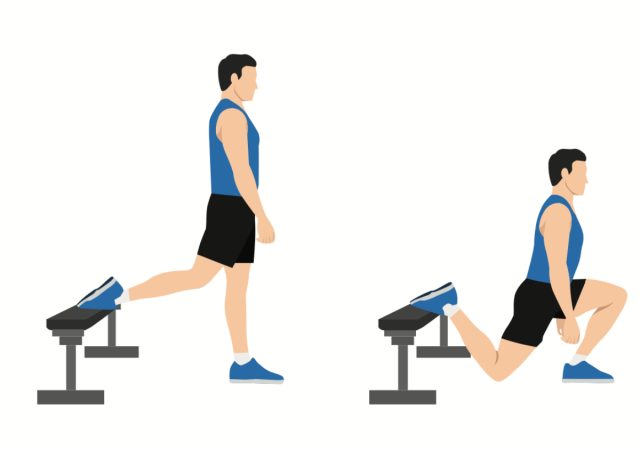
Single-leg strength is a valid test of lower-body stability and mobility. If you can perform split squats with control, your hips, knees, and ankles move like they should. I program this movement for nearly every client, from athletes to older adults, because it helps prevent knee pain, improves balance, and strengthens the glutes and quads.
How to Do It
- Stand in a split stance with one foot forward and the other foot back.
- Lower your back knee toward the floor while keeping your torso upright.
- Press through your front heel to return to the starting position.
- Complete all reps on one leg before switching sides.
Recommended Sets and Reps
- 3 sets of 10–12 reps per leg.
Best Variations
- Rear-Foot Elevated Split Squat (for more intensity).
- Bodyweight Split Squat (for beginners).
- Goblet Split Squat (to add load).
Exercise: Single-Leg RDL
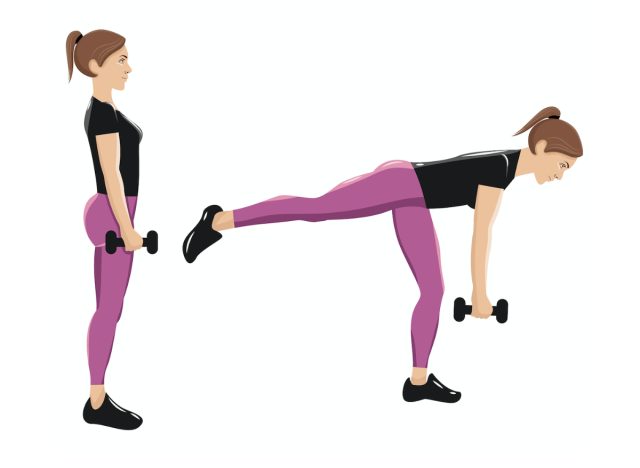
If you can do a single-leg Romanian deadlift (RDL) with good form, your posterior chain—hamstrings, glutes, and lower back—is still strong. This exercise also challenges your balance and coordination, key indicators of youthful movement.
How to Do It
- Stand on one leg with a slight bend in the knee.
- Hinge at your hips and lower your torso while extending the non-working leg behind you.
- Lower the weight toward the ground while keeping your back flat.
- Reverse the movement, driving through your heel to stand up.
Recommended Sets and Reps
- Complete 3 sets of 6 to 10 reps per leg.
Best Variations
- Bodyweight Single-Leg RDL (for beginners).
- Dumbbell Single-Leg RDL (for added load).
- Banded RDL (for resistance through the full range).
Exercise: Bear Crawls
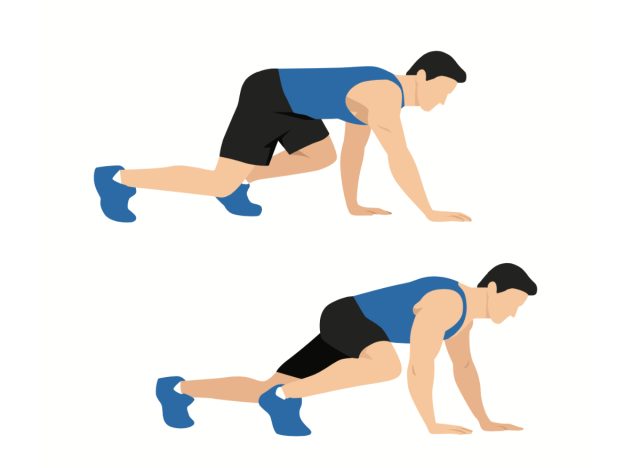
Crawling is one of the most fundamental movement patterns, and if you can do it well, your core, shoulders, and coordination are still in top shape. Bear crawls build total-body strength while reinforcing primal movement patterns that keep your body agile.
How to Do It
- Get on all fours with your hands under your shoulders and knees under your hips.
- Lift your knees slightly off the ground.
- Move forward by stepping with your opposite hand and foot simultaneously.
- Maintain a tight core and neutral spine as you crawl.
Recommended Sets and Reps
- Aim for 3 sets of 20 to 30 seconds.
Best Variations
- Lateral Bear Crawls (for side-to-side control).
- Weighted Bear Crawl (for extra resistance).
- Bear Crawl with Shoulder Taps (for added stability work).



